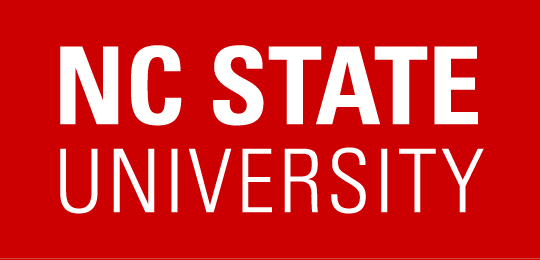Practice Problems
Extra problems
17 Jan: Extra Problems Set #1
31 Jan: Extra Problems Set #2
28 Feb: Extra Problems Set #3
25 Mar: Extra Problems Set #4
24 Apr: (To be updated)
- 1. 8.13 (parts a - c). Also find the distributions of SSA and SSB(A).
- 2. Consider the Aitken model whose mean and covariance forms are given in the last equation on page 200 in the book. Here x* is the new covariate and we want to predict y*. Assuming the data is generated from a normal distribution, find the BLUP using the conditional distribution approach.
- 3. Consider the mixed effects model y = Xb + Zu + e, where u ~ N(0, G), e ~ N(0, R), u and e are independent. Find the joint distribution of Y and u. Using this, find BLUP of u using the conditional expectation argument. Also, what is the GLS estimator of b?
- 4. Consider the intercept only Gauss-Markov model (i.e., X only has one column of 1s). Find the BLUP of a new observation y* and its prediction interval. As sample size n increases, what happens to the lower and upper limits of the prediction interval? If you had an infinite sample size, can you make an exact prediction with zero MSPE?
- 5. 8.9 (just write the SS terms and compute their distributions). Can you still separate SSC and SSE in this case?
Problems for lab sessions
| Date | Problems |
| 22nd Apr | 1. Consider the model given in 8.3, and the corresponding ANOVA table. Find the distribution of SSA. [Hint: start with the joint distribution of appropriate group means]
2. 8.10 |
| 15th Apr |
1. Find the expected squared length of the simultaneous Bonferroni intervals for one way ANOVA with a=3 groups and b=5 units per group.
2. 6.14 (a) and (b) 3. 8.6 |
| 8th Apr | 1. We will discuss Exam 2 problems and any specific questions you have.
2. No new lab problems will be discussed (since we have not completed LRT and F-test yet). |
| 25th Mar |
Lab problems |
| 18th Mar |
Lab problems |
| 11th Mar |
No lab |
| 4th Mar | 1. Go over Lagrange Multiplier (Appendix B; just the results)
2. Problem 2.2 and Example B.3 (using Lagrange Multiplier) 3. Using Lagrange multiplier method, minimize the least squares criterion Q(b) with respect to the constraint Cb = 0. 4. 4.25 |
| 25th Feb | No lab |
| 18th Feb | No lab |
| 11th Feb | Midterm #1 |
| 4th Feb |
Lab problems |
| 28th Jan |
1. A.56
2. A.56 3. A.58 4. A.59 5. A.60 6. A.49 7. 2.10 (using A.37) |
| 14th Jan | 1. Show that C(A) is the orthogonal complement of N(A^T)
2. A.16 3. A.36 4. A.37 5. A.39 6. A.53 7. A.54 |
